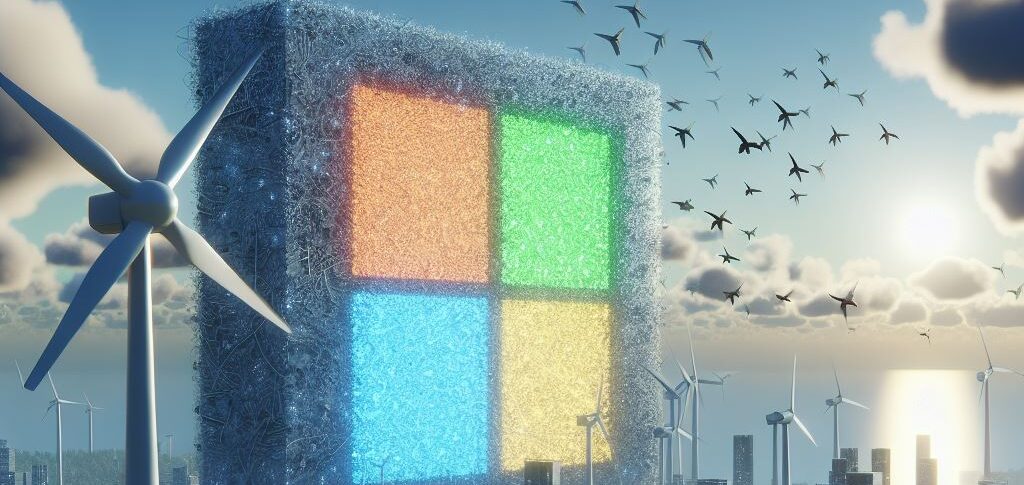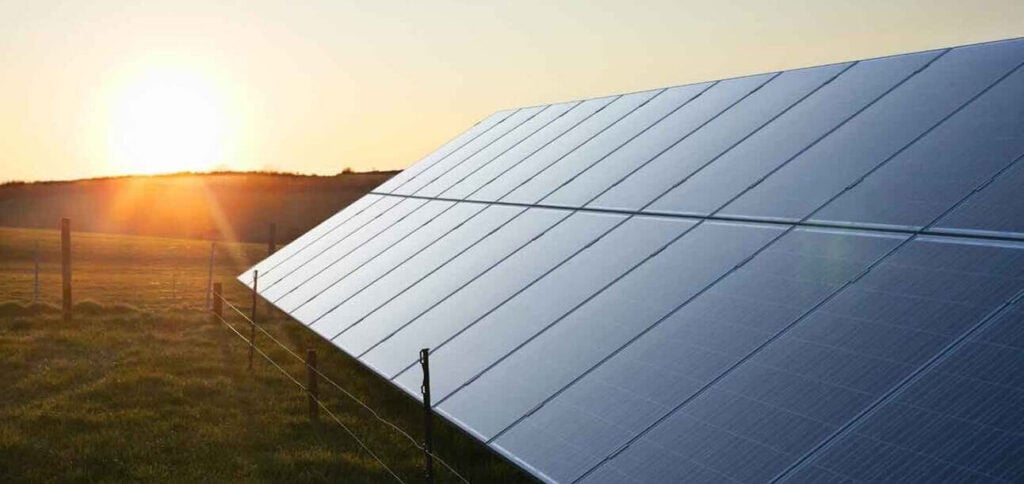O IPCC, which includes hundreds of scientists from all over the world, is debating this week which synthesis it should deliver to the political leaders of almost 200 countries present at its meeting in Interlaken, Switzerland. This is the summary of its sixth cycle of scientific evaluations, which lasted nine years.
ADVERTISING
1,5°C or 2°C limit?
O Paris Agreement 2015 set the objective limit the increase in the planet's average temperature to less than 2°C, ideally 1,5°C, compared to the mid-XNUMXth century.
@curtonews O #ParisAgreement is an international treaty that has one main objective: to reduce global warming. O Curto tell you more about it! 🌎
♬ original sound – Curto News
Since 2018, the IPCC has insisted that only the most ambitious target of 1,5°C can save the world from a serious climate crisis. This implies adopting “unprecedented changes in all aspects of society”.
From now until 2030, greenhouse gas emissions are expected to fall by 43% compared to 2019 levels, and by up to 84% by 2050. They continue, however, to rise, and this 1,5°C will inevitably be exceeded.
ADVERTISING
⚠️ Every tenth of a degree counts.
At +1,5°C, 14% of terrestrial species will be threatened with extinction.
At +2°C, 99% of coral reefs in temperate waters –– which are home to around 25% of marine life – will suffocate to death, and aquaculture, such as shellfish and fish farming, will also suffer the consequences.
IPCC reports highlight the danger of “hot spots”, that is, temperature limits from which there is no return and which cause irreversible changes.
ADVERTISING
This is the case, for example, of the margins of the Amazon, where the rainforest was once transformed into savannah. In the Nordic regions, Greenland and western Antarctica, a global warming between 1,5°C and 2°C can cause the melting of permafrost, the frozen layer that covers millions of km2 of land that retains CO2 and methane.
The melting of freshwater polar caps can cause ocean levels to rise by up to ten meters over the centuries, also irreversibly.
“Atlas of Suffering”
The IPCC 2022 report on the impact of warming was described by UN Secretary-General António Guterres as an “atlas of human suffering”. Between 3,3 and 3,6 billion people are “very vulnerable” to these effects, particularly in the face of heat waves, droughts, as well as mosquitoes, vectors of disease transmission.
ADVERTISING
By 2050, many coastal megacities and small island states will suffer hitherto exceptional climate catastrophes every year.
Ecosystems in danger
For now, it is the forests, plants and soil that contribute to alleviating the climate bill. These forested regions around the world, and particularly the Amazon, contribute to absorbing around a third of greenhouse gas emissions caused by human activity.
Excessive exploitation of these timber resources sends CO2, methane (CH4) and nitrogen oxide into the atmosphere. And agriculture consumes 70% of available freshwater reserves. The oceans also contribute to the relief, absorbing 25% of the CO2 produced by man, and more than 90% of the excess heat caused by greenhouse gases. This has come at a cost, however: the seas have acidified, and warming surface water has increased the strength and range of tropical storms.
ADVERTISING
Fossil energies
Any solution involves “rapid, deep and, in most cases, immediate reductions in greenhouse gases across all sectors”, including industry, agriculture, energy and cities, warns the IPCC. Thermal plants that are not equipped with technology capable of capturing CO2 must reduce their emissions by between 70% and 90% over the next eight years.
By 2050, the world must be carbon neutral, which means absorbing residual emissions into the atmosphere. The good news is that alternatives to hydrocarbons have fallen in price. Between 2010 and 2019, the unit cost of solar energy fell by 85%, and that of wind energy by 55%.
(To AFP)
Read also








